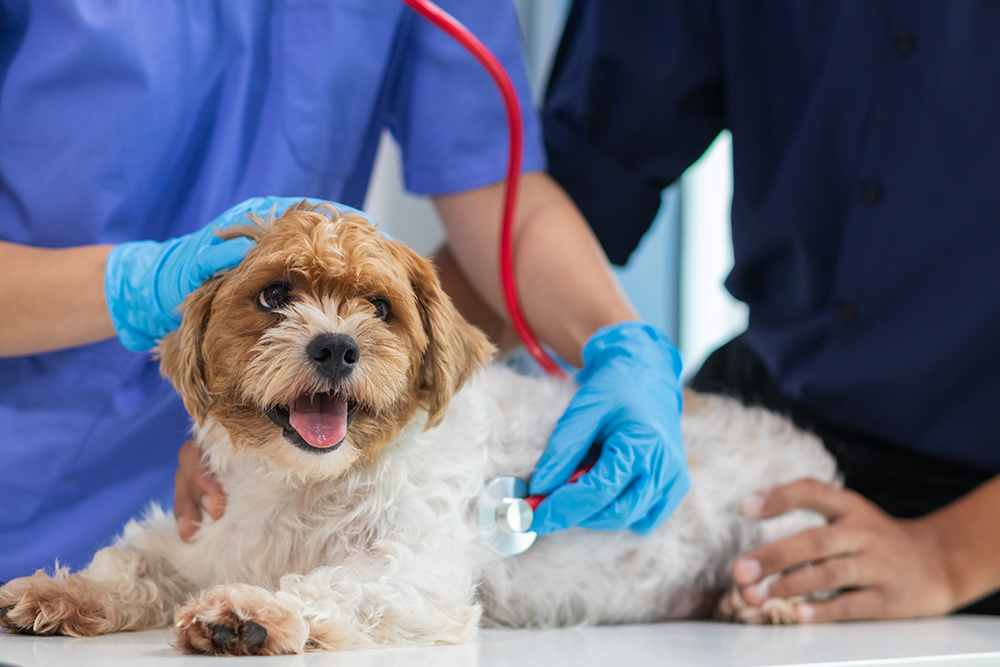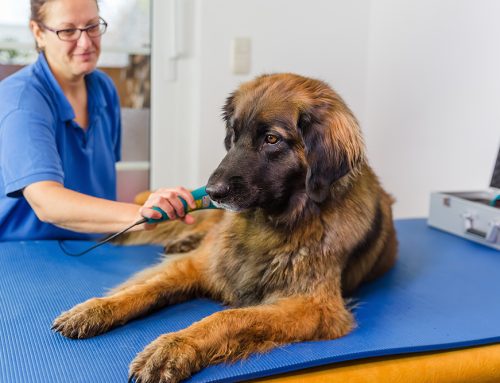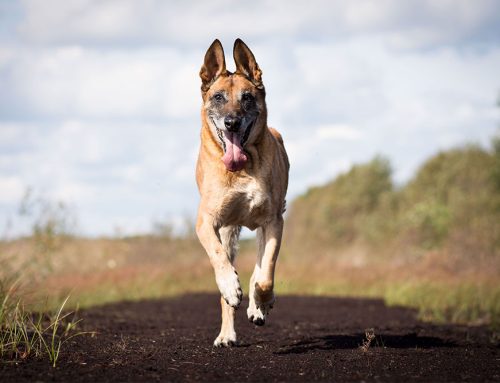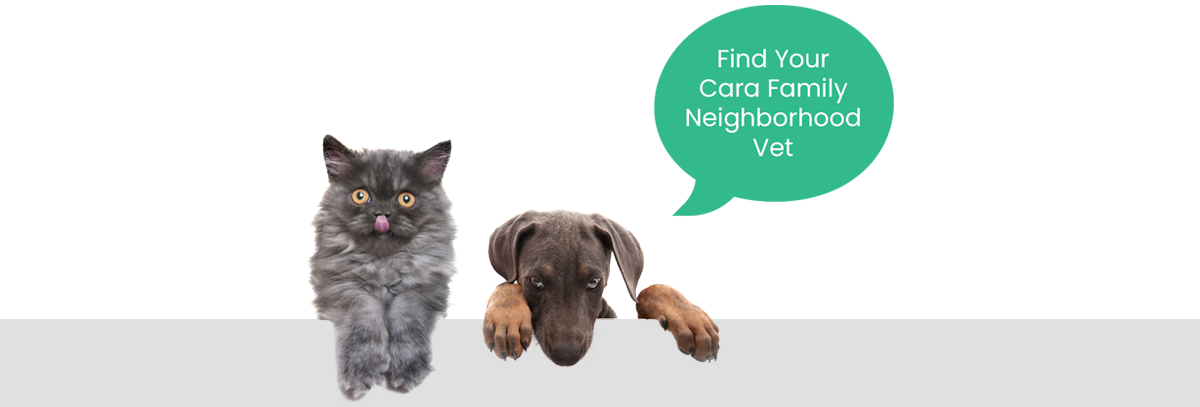Our pets can’t tell us when they’re feeling unwell, so it’s up to us as pet parents to spot the signs of illness. Some symptoms, however, can be subtle or easy to dismiss as normal behavior. Here are some common signs of illness that pet parents might overlook—and why they shouldn’t.
Changes in Appetite or Weight
A change in how much your pet is eating can indicate more than just a picky eater phase. Both increased and decreased appetite can be signs of underlying health problems.
- What to watch for:
- A sudden decrease in appetite may signal dental disease, gastrointestinal issues, or even kidney or liver disease.
- An increased appetite could be a sign of conditions like hyperthyroidism (more common in older cats) or diabetes.
Lethargy or Low Energy
It’s easy to chalk up a lazy day or two to normal rest, but if your pet seems unusually tired or uninterested in activities they typically love, it could be a red flag.
- What to watch for:
- Lethargy lasting more than a day can indicate anything from an infection to heart disease.
- Changes in activity levels, especially in younger or previously energetic pets, can also be a sign of joint pain or internal discomfort.
Excessive Thirst or Urination
Increased water consumption can seem harmless, especially if your pet is more active or the weather is warmer. But if you notice your pet drinking more than usual, it’s important to dig deeper.
- What to watch for:
- Excessive thirst (polydipsia) or increased urination (polyuria) can be early signs of diabetes, kidney disease, or Cushing’s disease.
- This symptom is often subtle and can develop gradually, so keeping an eye on water bowl levels and bathroom habits is key.
Coughing or Sneezing
A cough or a sneeze here and there might not raise alarm, but frequent or persistent respiratory symptoms should not be ignored.
- What to watch for:
- Regular coughing could be a sign of kennel cough, heart disease, or even collapsing trachea in dogs
- Sneezing, especially when paired with nasal discharge or watery eyes, may indicate an upper respiratory infection or allergies in cats and dogs.
Vomiting or Diarrhea
Occasional vomiting or diarrhea can happen, especially if your pet has gotten into something they shouldn’t have. But frequent or prolonged episodes are a cause for concern.
- What to watch for:
- Vomiting or diarrhea lasting more than 24 hours can signal anything from dietary intolerance to more serious conditions like pancreatitis or infections.
- Vomiting bile or blood, or seeing blood in your pet’s stool, should always prompt an immediate vet visit.
Bad Breath or Drooling
Many pet parents dismiss bad breath as “just dog breath” or “cat breath,” but persistent bad odor coming from your pet’s mouth is often a sign of dental disease or other health problems.
- What to watch for:
- Bad breath could point to tooth decay, gum disease, or even systemic issues like kidney disease.
- Excessive drooling can also be a sign of oral pain, foreign objects lodged in the mouth, or nausea.
Scratching, Licking, or Hair Loss
Pets itch sometimes, but if your dog or cat is constantly scratching, licking a particular spot, or losing patches of fur, there may be more going on than a simple itch.
- What to watch for:
- Skin infections, fleas, mites, or allergies can cause persistent scratching or licking.
- Hair loss in pets may also point to more serious issues like endocrine disorders (e.g., hypothyroidism in dogs or hyperthyroidism in cats).
Behavioral Changes
Any sudden change in your pet’s behavior can be a clue to an underlying health issue. Unfortunately, it’s common for these changes to be misunderstood as “quirks” or “mood swings.”
- What to watch for:
- A normally friendly pet becoming withdrawn, anxious, or irritable could be in pain or feeling unwell.
- Increased aggression or avoidance may be signs of discomfort, especially in older pets dealing with arthritis or other chronic conditions.
Unexplained Lumps or Bumps
Finding a lump on your pet’s skin can be concerning, but do not assume that it’s just a harmless cyst or fatty growth. While some lumps are benign, others can be more serious.
- What to watch for:
- Any new lump or bump should be checked by a vet, especially if it grows rapidly, changes shape, or causes discomfort.
- Regularly checking your pet’s body during grooming sessions can help you catch these growths early.
Unusual Odors
Unpleasant smells coming from your pet can be an early warning of infection or illness. Beyond bad breath, other odors could signal trouble.
- What to watch for:
- A strong, foul odor coming from the ears could indicate an ear infection, especially in dogs with floppy ears.
- An unusual smell from your pet’s skin may be a sign of bacterial or fungal infections, or allergies.
It’s easy to overlook small changes in your pet’s behavior or health, but being proactive about their care can help catch problems before they become serious. If you notice any of the above signs—or anything else that seems off—it’s always a good idea to check in with your vet. Your pet’s health depends on it!





















Leave A Comment